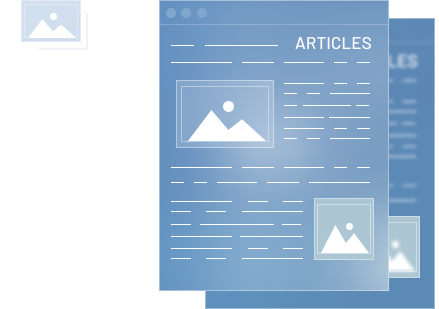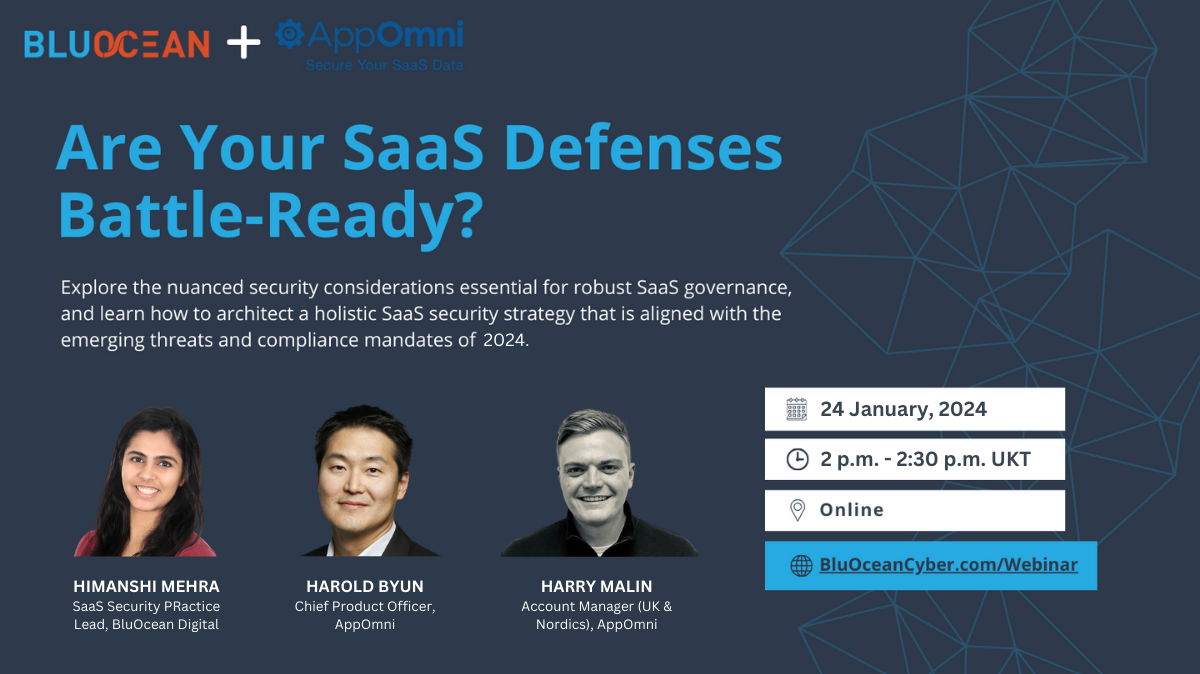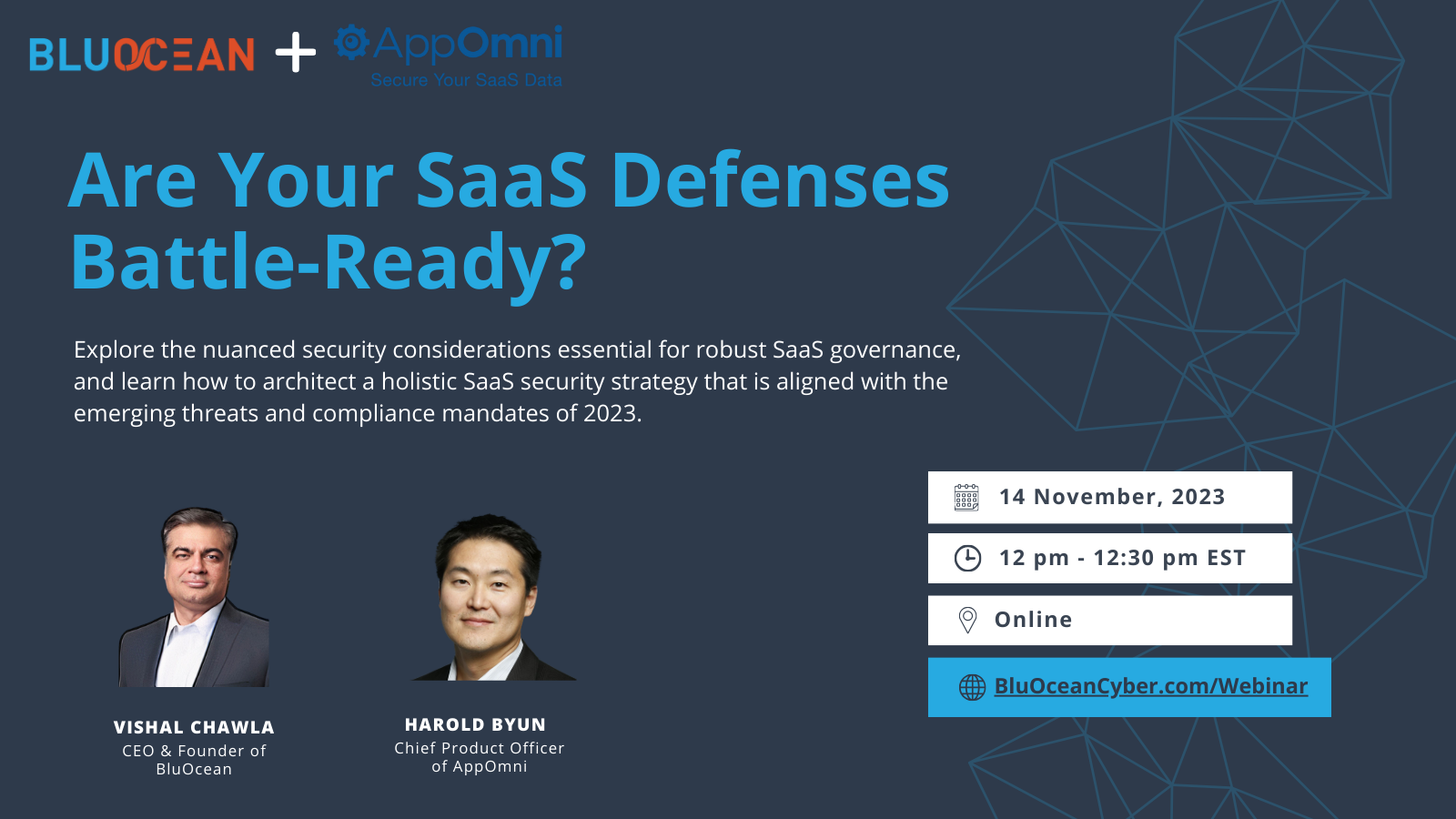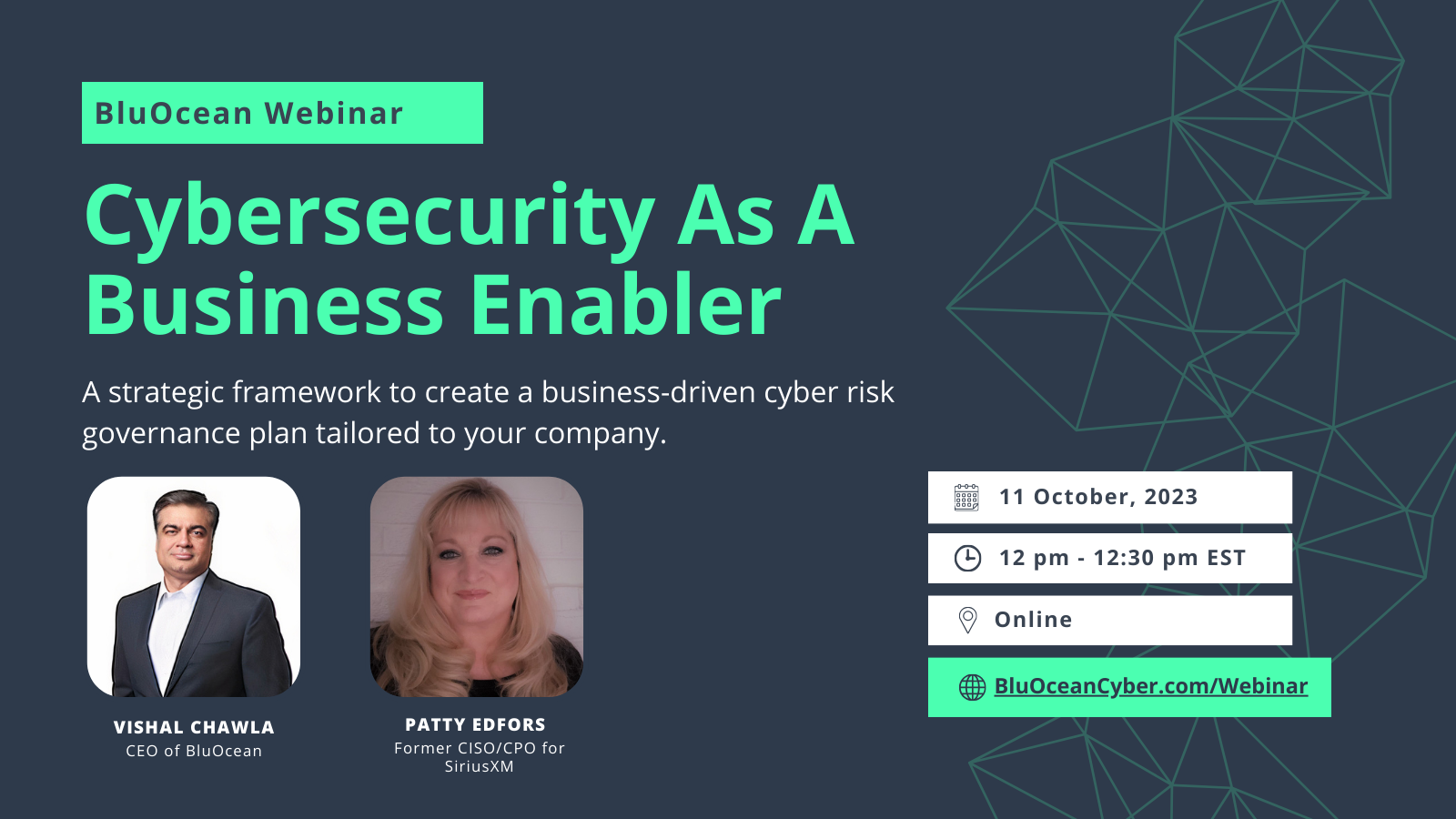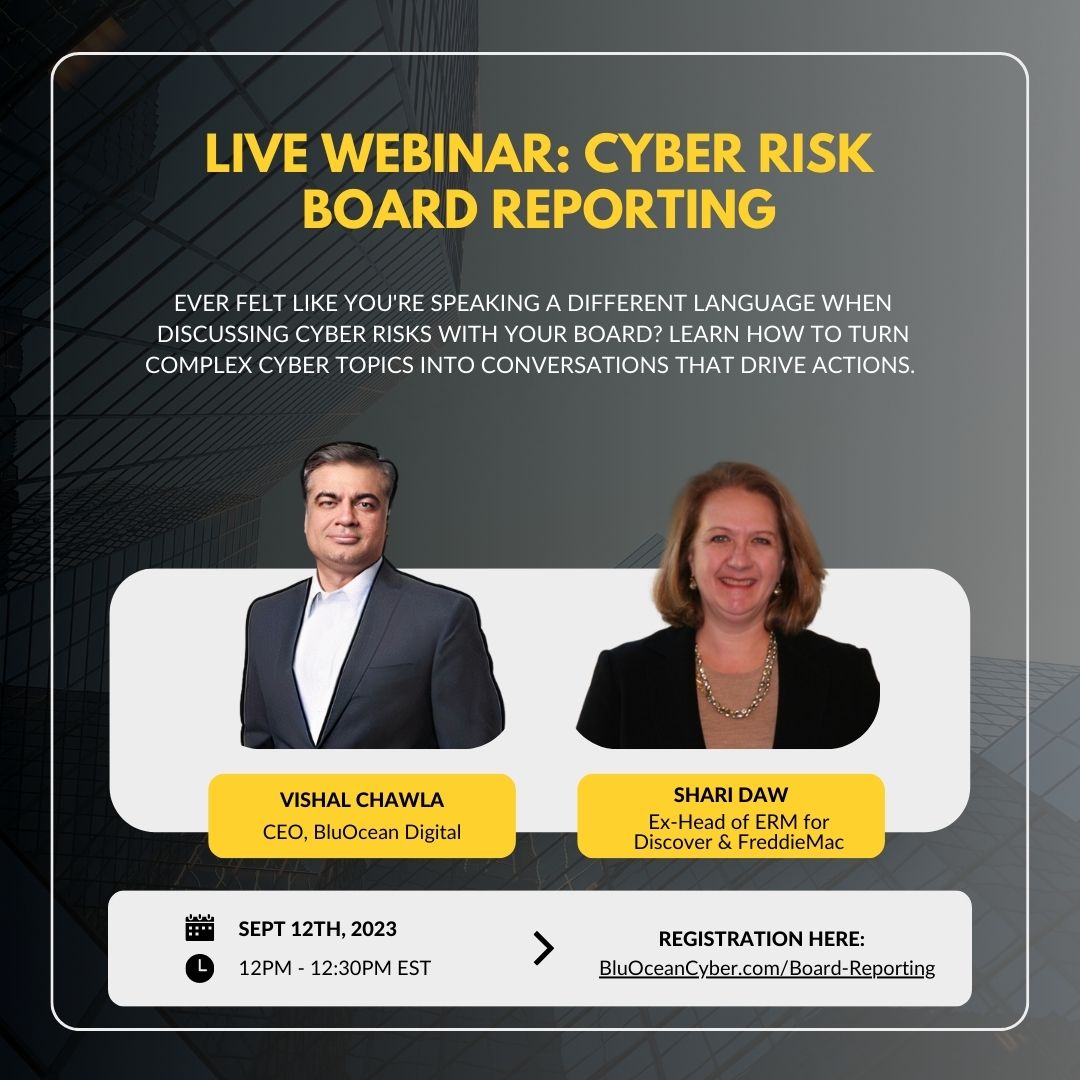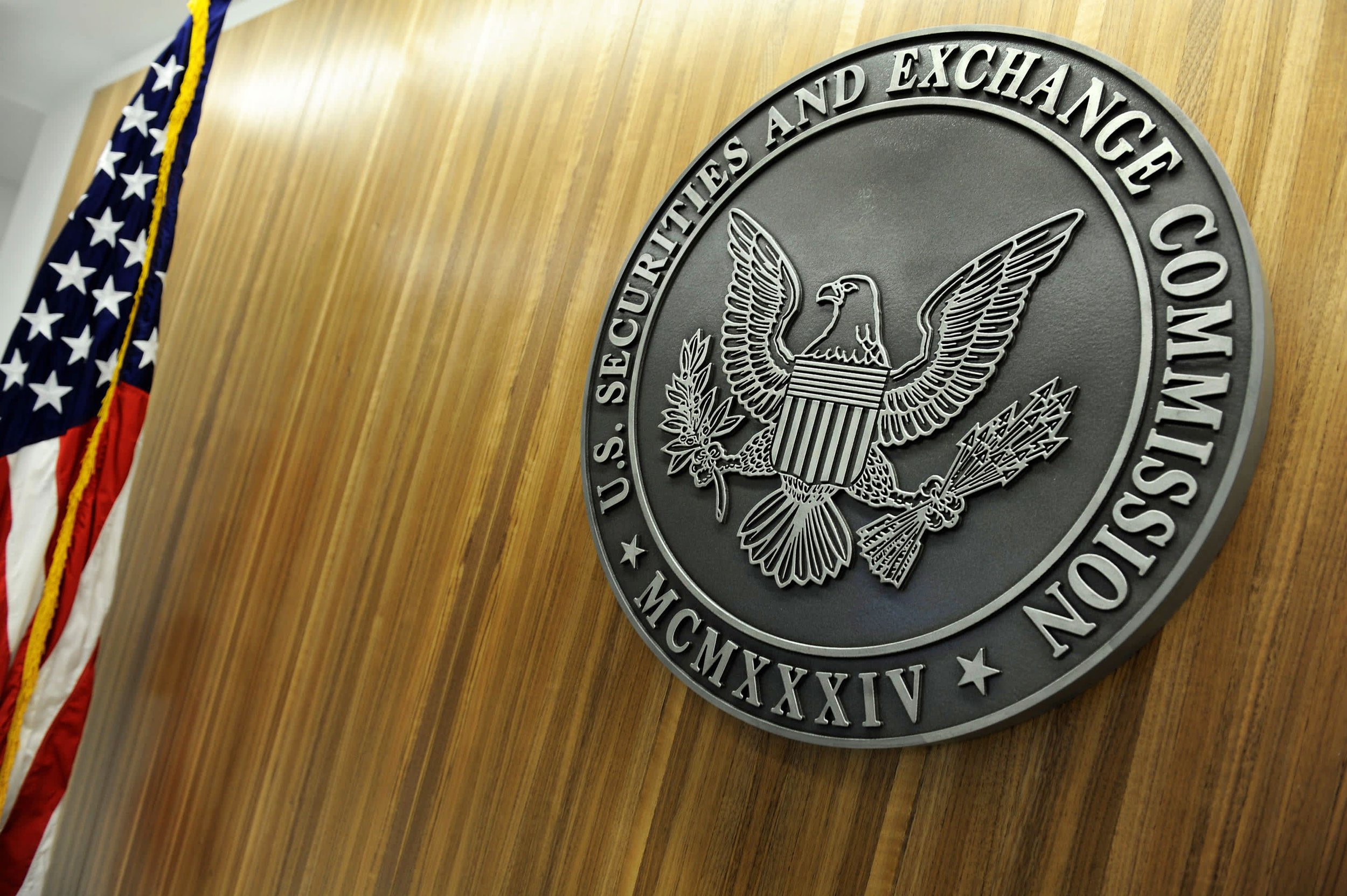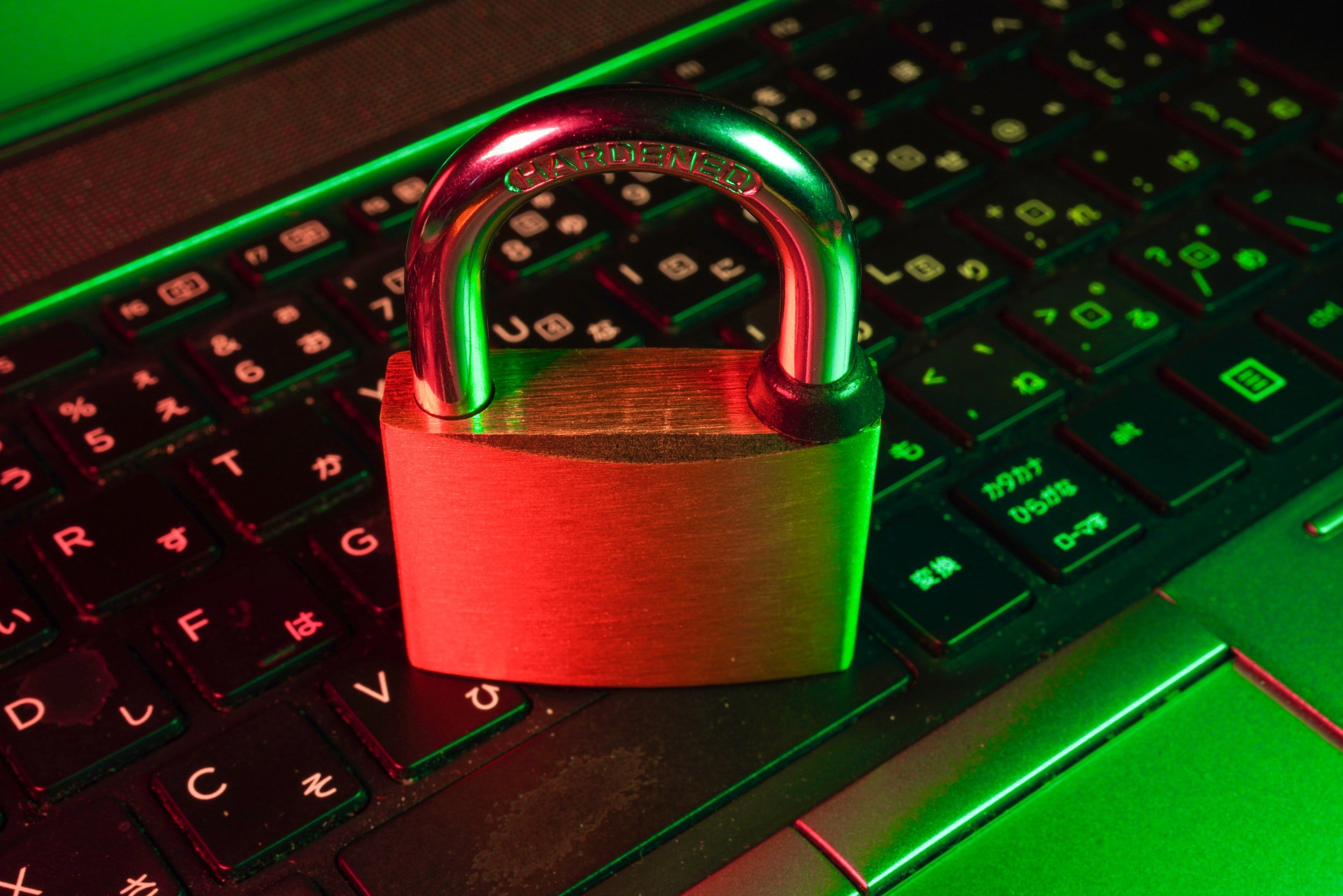
Emmanuel Dunand / AFP / Getty Images
The North Atlantic Treaty Organization (NATO), established in 1949, stands as a beacon of collective defense and cooperation among its 30 member countries. Born out of the ashes of World War II, NATO was conceived to promote peace, deter aggression, and foster collaboration in the face of global threats. Over the decades, it has evolved, adapting to the changing geopolitical landscape and the myriad challenges that have arisen.
In recent years, NATO has been at the forefront of addressing contemporary global issues. From spearheading efforts to combat terrorism to playing a pivotal role in crisis management and cooperative security, the alliance has continually expanded its scope of operations. Notably, NATO’s involvement in Afghanistan post-9/11 and its stance on the Ukraine crisis have showcased its commitment to maintaining peace and stability in tumultuous regions.
Furthermore, NATO has been instrumental in fostering partnerships beyond its member states. Through various partnership frameworks, the alliance collaborates with over 40 countries and several international organizations, emphasizing the importance of a collective approach to global challenges.
However, as the world becomes increasingly digital, new challenges emerge. Cyber threats, in particular, have come to the forefront, posing risks not just to individual nations but to the very fabric of international cooperation.
On October 3, 2023, NATO found itself grappling with such a challenge when strategic planning and research documents were leaked online. This incident, while concerning, offers a unique lens through which we can understand the complexities of cybersecurity in an era of global interconnectedness.
What Do We Know About the Attack?

Arthur Widak / Nurphoto / Getty Images
SiegedSec, a hacking group with a history of politically-motivated attacks, claimed responsibility for this breach. This marked their second successful intrusion into NATO’s unclassified websites in just three months.
The group boasted on its Telegram channel that it had stolen roughly 9 GB of data, amounting to approximately 3,000 NATO documents.
These documents, while unclassified, provided non-public insights into subjects like hypersonic weapons and drone threats. The leaked data covered various NATO platforms, including the Joint Advanced Distributed Learning platform, NATO Lessons Learned Portal, Logistics Network Portal, Communities of Interest Cooperation Portal, and the NATO Standardization Office.
The repercussions of this breach were significant.
While NATO officials have stated that there was no impact on NATO missions, operations, and military deployments, the leak raised questions about NATO’s ability to protect its communication networks. The breach also brought to light the alliance’s vulnerability in safeguarding insights into emerging technologies and security threats.
The incident has undoubtedly shaken the trust of member countries and partners, prompting concerns about the security of shared intelligence. Furthermore, the breach served as a reminder of the external and internal digital threats facing Western governments, especially in the context of geopolitical events like Russia’s war on Ukraine.
The fact that SiegedSec could breach NATO’s defenses multiple times in such a short duration suggests potential weak spots in NATO’s cybersecurity framework. The compromise of the “lessons learned” online portal, a platform where NATO shares strategic insights, indicates that the hackers were not just skilled but also had a strategic intent.
How Did This Attack Happen?

via The Hill
SiegedSec’s breach of NATO’s digital infrastructure raises several questions about the nature of the attack and the vulnerabilities exploited. While the exact methodologies remain undisclosed, certain specifics reveal insights into the technical aspects of the breach.
The compromise of multiple NATO platforms, especially the NATO Standardization Office from which the majority of the documents were extracted, suggests a targeted approach. This indicates that SiegedSec had a clear understanding of the architecture and layout of NATO’s digital infrastructure. Their ability to pinpoint and extract specific data from a particular office within NATO’s vast digital network implies a level of reconnaissance before the actual attack.
The repeated breaches within a short duration suggest potential exploitation of unpatched vulnerabilities or the use of sophisticated phishing techniques. The latter could involve sending deceptive emails to NATO personnel, tricking them into providing login credentials or unknowingly installing malicious software.
The choice of Telegram as the platform to leak the documents is also telling. Telegram is known for its encryption capabilities, which would offer the hackers a degree of anonymity and a platform resistant to takedowns. This decision indicates a strategic move to ensure the widest possible dissemination of the stolen data while minimizing the risk of being traced or having the data removed.
Furthermore, the nature of the documents leaked, covering topics like hypersonic weapons and drone threats, suggests that the hackers were searching for specific types of information. This could indicate a level of sophistication in their data extraction techniques, filtering out noise and focusing on data that aligns with their objectives.
In essence, while the exact technical methods remain a mystery, the details of the breach suggest a combination of technical expertise, strategic planning, and a deep understanding of NATO’s digital landscape on the part of SiegedSec.
Join Thousands of Weekly Readers
Enter your email for instant access to our EXCLUSIVE ebook & discover the Roadmap for Moving to ROI-Led Cyber Risk Management.
Join Thousands of Weekly Readers
Enter your email for instant access to our EXCLUSIVE ebook & discover the Roadmap for Moving to ROI-Led Cyber Risk Management.
Our Key Takeaways & Preventative Measures

The NATO cyberattack, while alarming, provides an invaluable learning opportunity for organizations worldwide. Here are some profound insights and actionable measures derived from the incident:
1. The Illusion of Safety
Even the most fortified institutions are not impervious to cyber threats. The NATO breach underscores the need for continuous vigilance and the dangers of complacency.
It’s essential to remember that cybersecurity is not a one-time task but an ongoing process.
2. Understanding the Adversary
Hacktivist groups like SiegedSec have motivations that extend beyond financial gain.
Recognizing the diverse motivations behind cyberattacks can aid in crafting more effective defense and response strategies.
3. Asset Prioritization
Not all data is created equal. Organizations must identify and prioritize their most valuable digital assets.
A risk-based approach to cybersecurity emphasizes this, ensuring that the most critical assets receive the highest protection. After all, you can’t protect what you don’t know.
If you don’t know where to start, check our popular whitepaper on Transitioning From A Control-Based To A Risk-Based Cybersecurity Program: A 4-Step Actionable Blueprint.
4. Holistic Defense Strategy
The recent Clorox Company and MGM Resorts incident is a snapshot of the broader cybersecurity landscape, characterized by increasing frequency and sophistication of attacks.
While technical defenses like firewalls and encryption are crucial, a comprehensive cybersecurity strategy also considers human factors. Regular training and awareness programs can mitigate risks associated with phishing attacks or human error along with asset prioritization from above.
5. Collaborative Intelligence
The digital realm is vast, and no organization can monitor all threats alone.
Collaborative intelligence sharing, both within industries and across sectors, can provide early warnings and insights into emerging threats.
6. Proactive vs. Reactive Approach
The best defense is a good offense. Instead of waiting for an attack to happen, organizations should proactively hunt for vulnerabilities within their systems and patch them.
Regular penetration testing and red team exercises can simulate real-world attacks and test an organization’s defenses.
7. Embracing Innovation
Cyber threats are continually evolving, and so should our defense mechanisms.
Embracing innovative solutions, leveraging artificial intelligence for threat detection, and staying updated with the latest in cybersecurity research can provide an edge in this digital cat-and-mouse game.
8. Transparency and Communication
In the event of a breach, transparent communication can mitigate reputational damage and restore trust.
Organizations should have a clear crisis communication plan in place, detailing how they will inform stakeholders and the public about any incidents as we saw in the recent Duolingo hack.
Conclusion

AFP / Getty Images
The recent cyberattack on NATO is more than just a singular event; it’s a reflection of the broader challenges that organizations, both governmental and private, face in today’s interconnected digital landscape. As the lines between the physical and digital worlds continue to blur, the implications of such breaches extend far beyond the immediate loss of data. They impact national security, public trust, and the very fabric of international cooperation.
In this context, the lessons drawn from the NATO incident are universally applicable. Prioritizing assets, as highlighted in our preventive measures, is not just a cybersecurity best practice but a fundamental shift in perspective. In an age of information overload, discerning what truly matters – be it sensitive data, intellectual property, or critical infrastructure – becomes paramount. By identifying and safeguarding these pivotal assets, organizations can create a robust defense against the majority of threats they face.
Moreover, the principle of “protecting what you know” underscores the importance of self-awareness for organizations. It’s not enough to have a defensive perimeter; organizations must introspect, understand their core strengths and vulnerabilities, and tailor their defense strategies accordingly.
The NATO breach also serves as a testament to the evolving nature of cyber threats. As adversaries become more sophisticated, the onus is on organizations to stay one step ahead. This requires a blend of innovation, collaboration, and education. Embracing cutting-edge technologies, fostering a culture of knowledge sharing, and investing in continuous learning are no longer optional – they are necessities.
In the grand scheme of things, the digital challenges of today are precursors to the even more complex scenarios we might face tomorrow. However, with strategic insights, a proactive approach, and a commitment to prioritizing what truly matters, we can not only navigate these challenges but also lay the foundation for a more secure digital future.
Resources
- https://www.cnn.com/2023/10/03/politics/nato-cyber-attack-strategy/index.html
- https://cyberscoop.com/nato-siegedsec-breac/
- https://therecord.media/nato-siegedsec-unclassified-websites-alleged-cyberattack
Note: This blog post is based on information available as of Oct 4, 2023, from various news sources. The situation might evolve, and readers are advised to stay updated through official channels.
